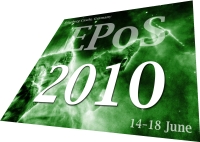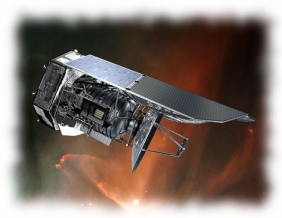
 |


| EPoS 2010 Objectives |
 In 2010, a wealth of new observations of star forming regions from the Herschel satellite and upgraded facilities like JCMT, EVLA, PdB or ATCA is expected to be available.
In 2010, a wealth of new observations of star forming regions from the Herschel satellite and upgraded facilities like JCMT, EVLA, PdB or ATCA is expected to be available.
Radiative feedback, magneto-hydrodynamical simulations including low ionization degrees, the consideration of detailed magnetic field structures, core evolution calculations using chemical networks, and realistic radiative transfer are some of the many advances in computational astrophysics that currently contribute to improve our understanding of the onset of star formation. The EPoS 2010 meeting has the goal to challenge the current view of early star formation with these new findings and advances. As established in the earlier meetings, substantial time will be devoted to discussions after the presentations, at the end of each day, in the poster sessions, and in focus groups. Again, the meeting addresses both early low- and high-mass star formation with the individual topics: triggered star formation, clustered star formation, cores, chemistry, collapse, fragmentation, jets, competitive accretion, giant molecular clouds, binarity, magnetic fields, initial mass function, turbulence, X-rays, and early phases of disks.  
|
|
The EPoS way: Large group, small room, remote location. Consider all aspects.
Short talks, intense discussions. |